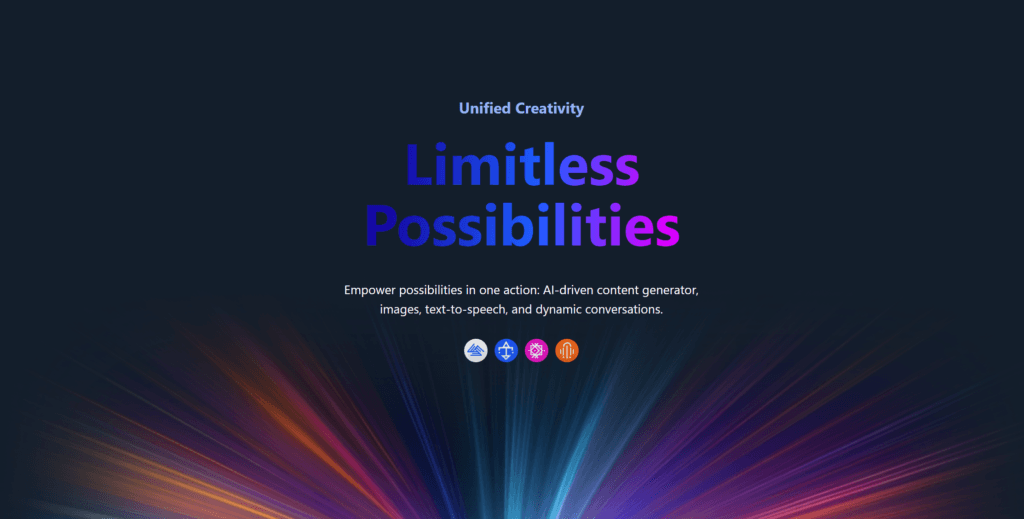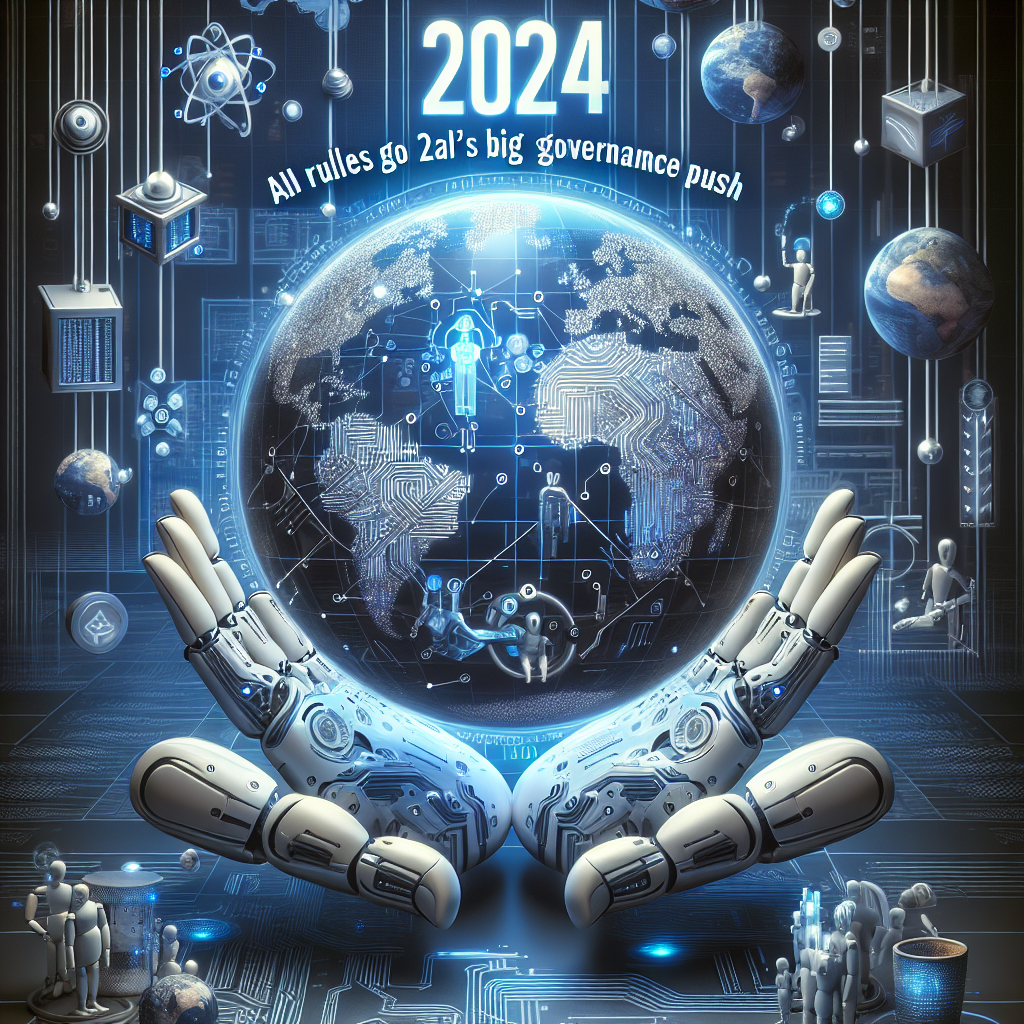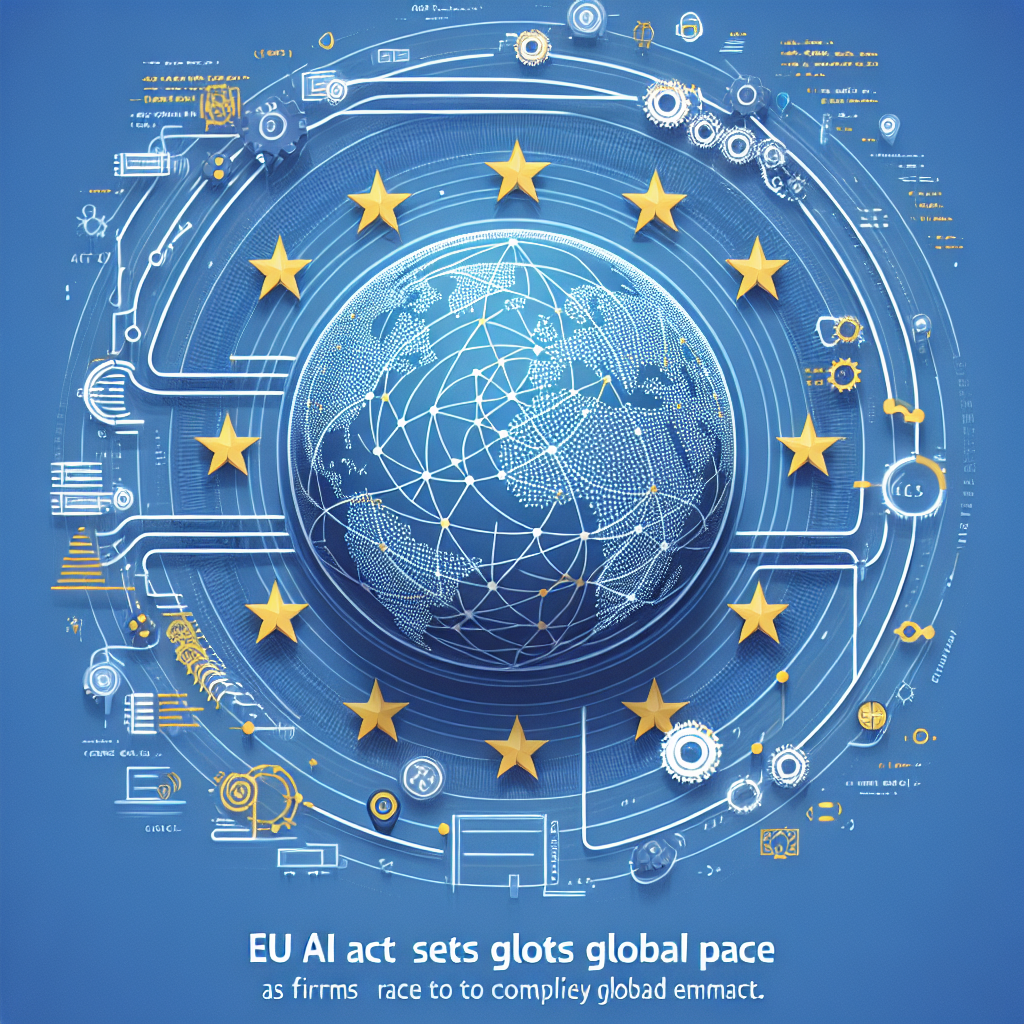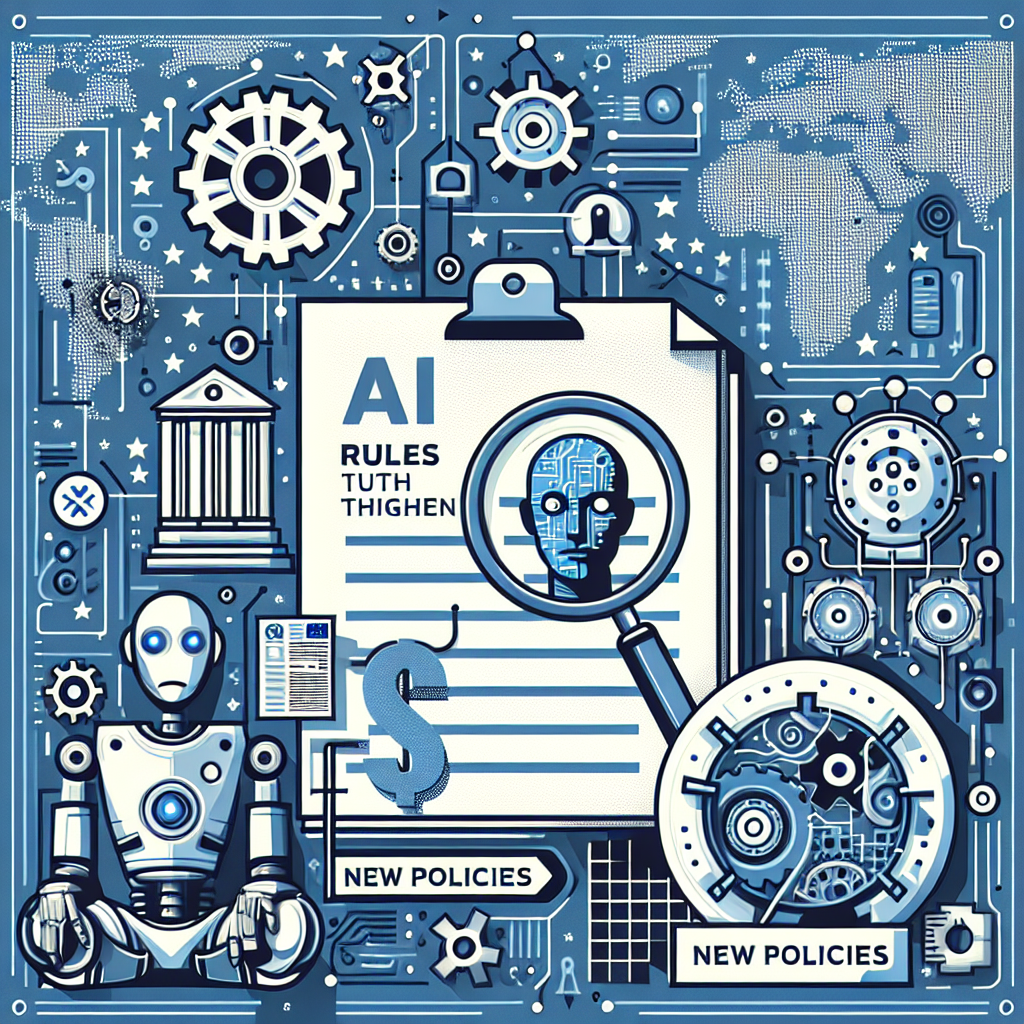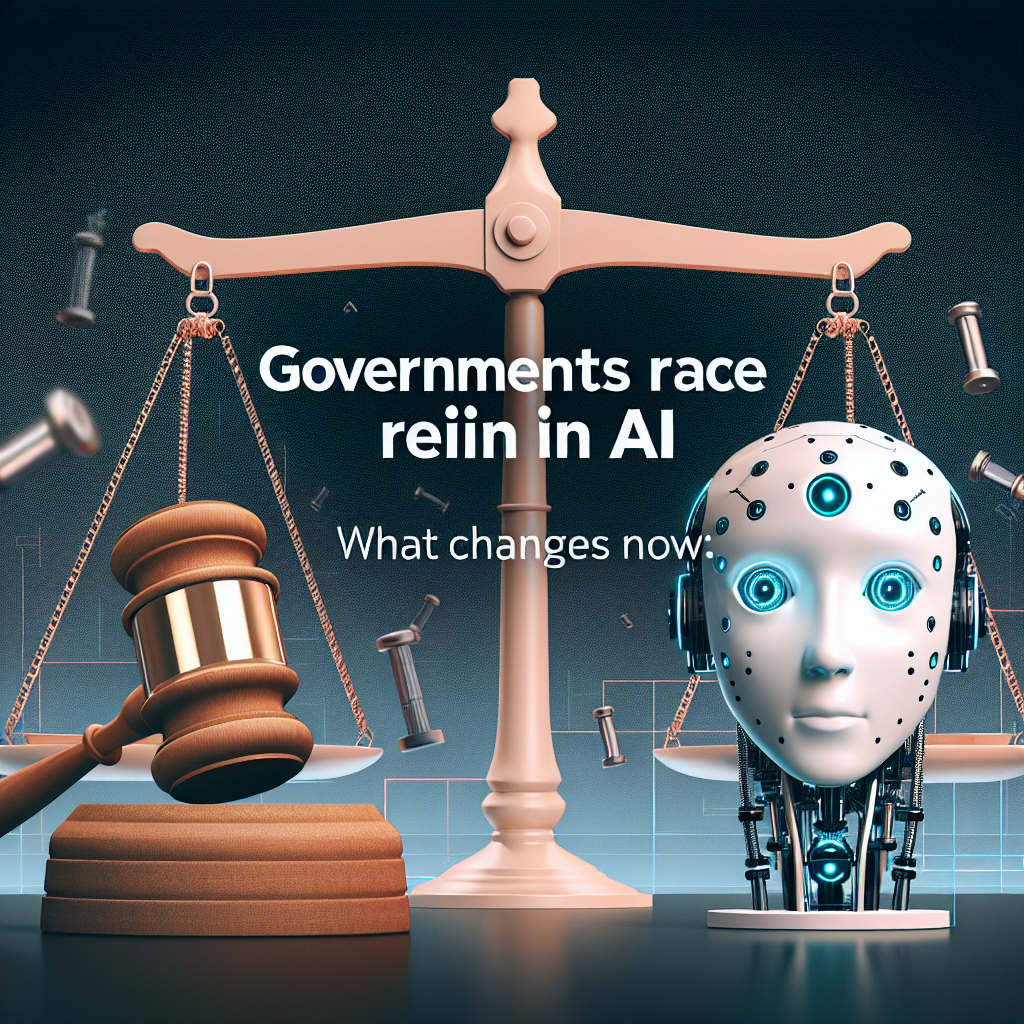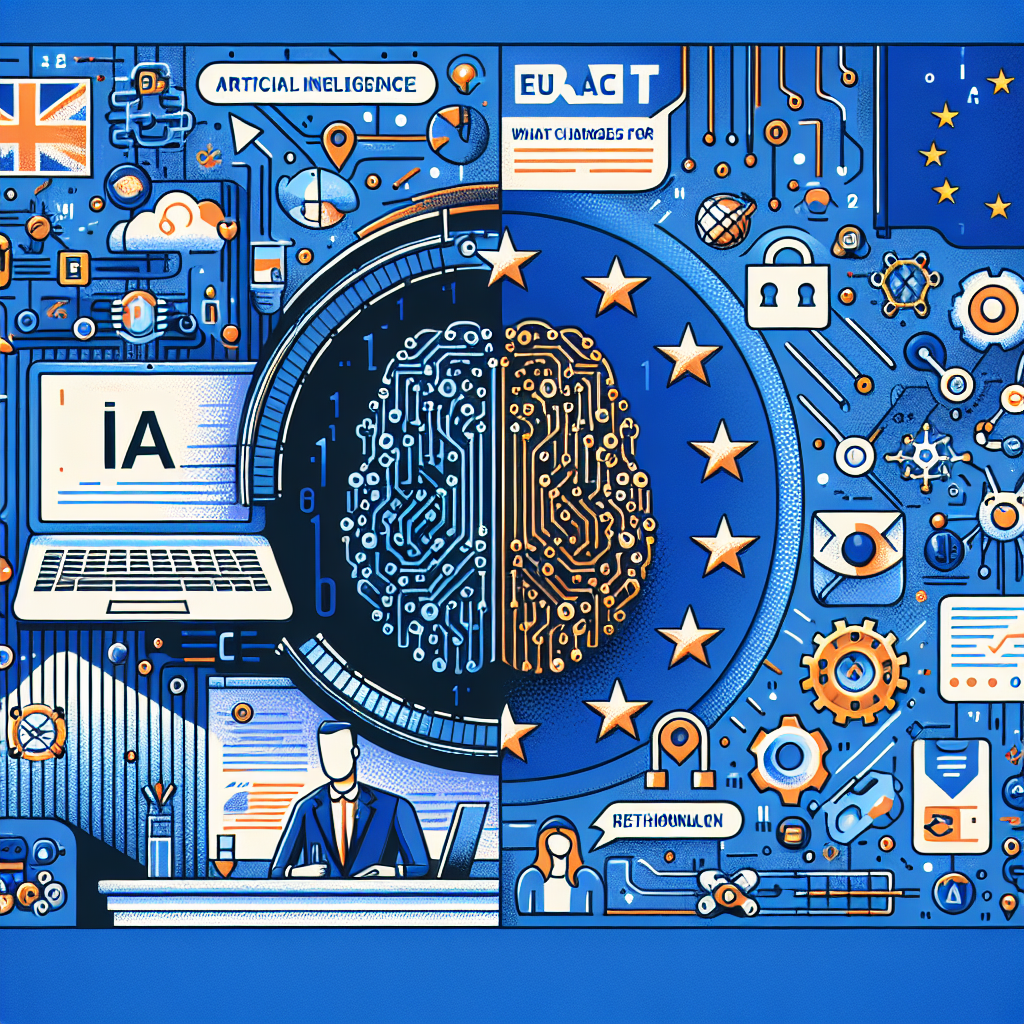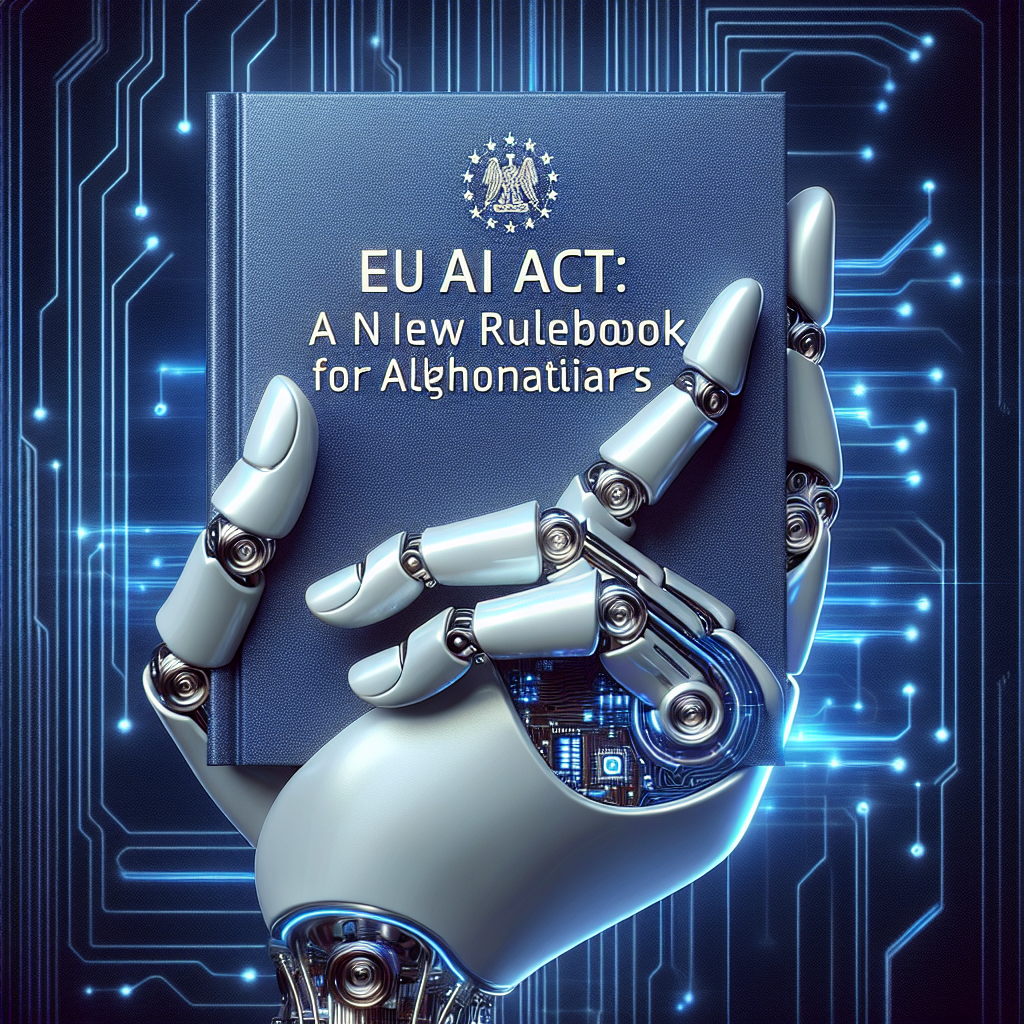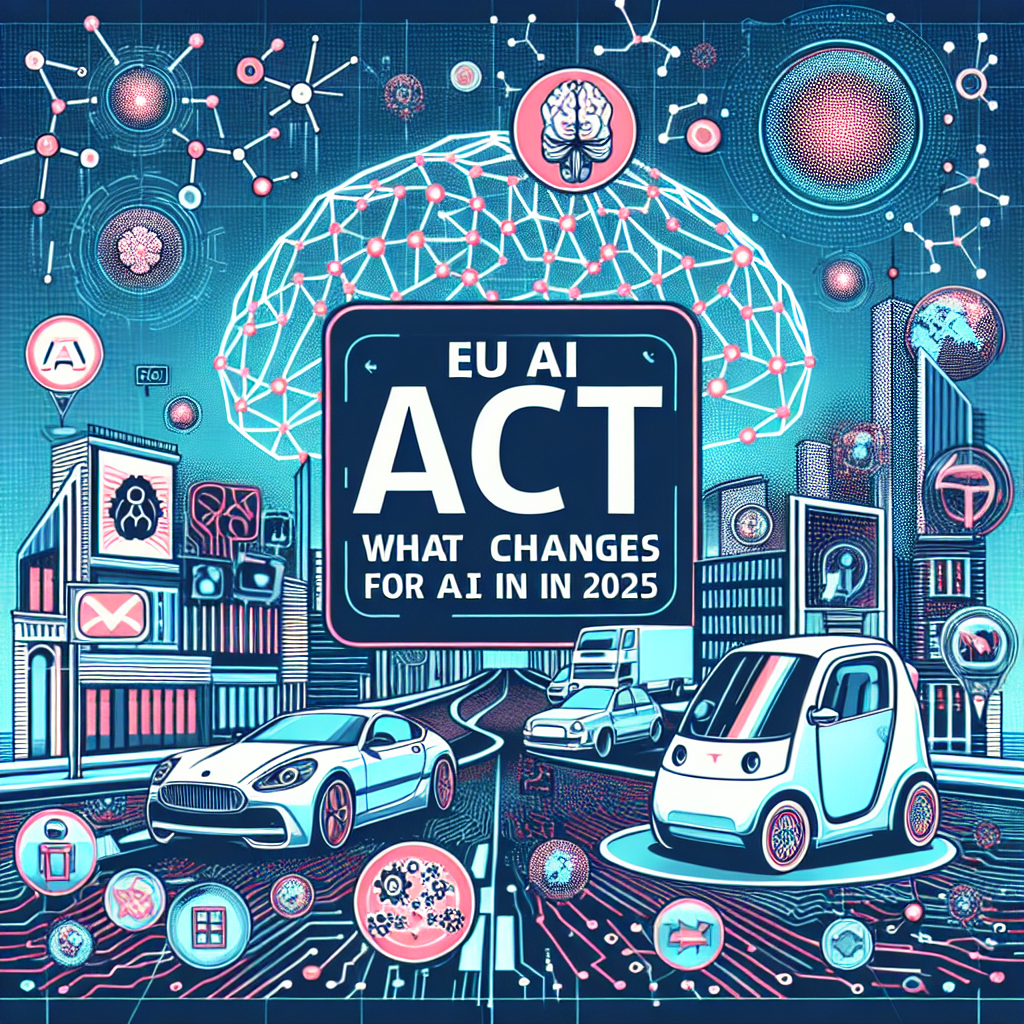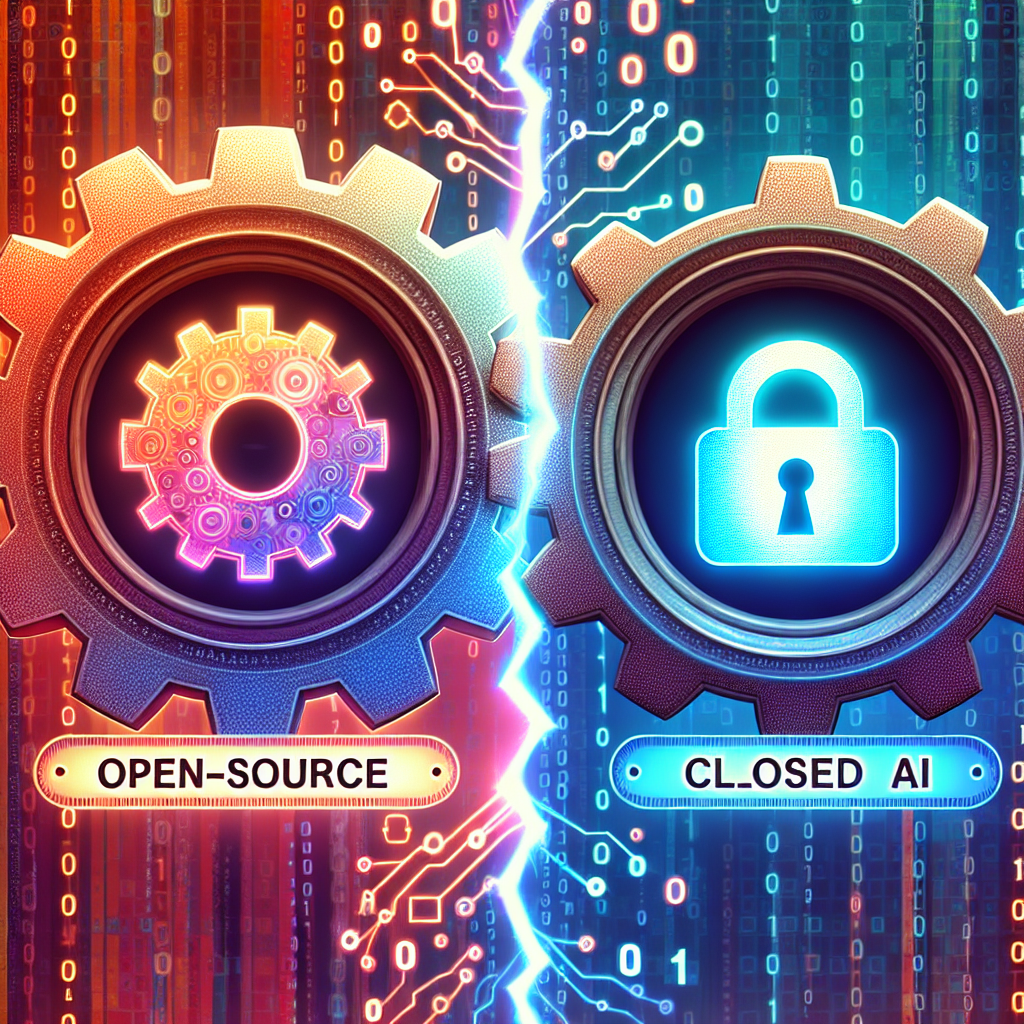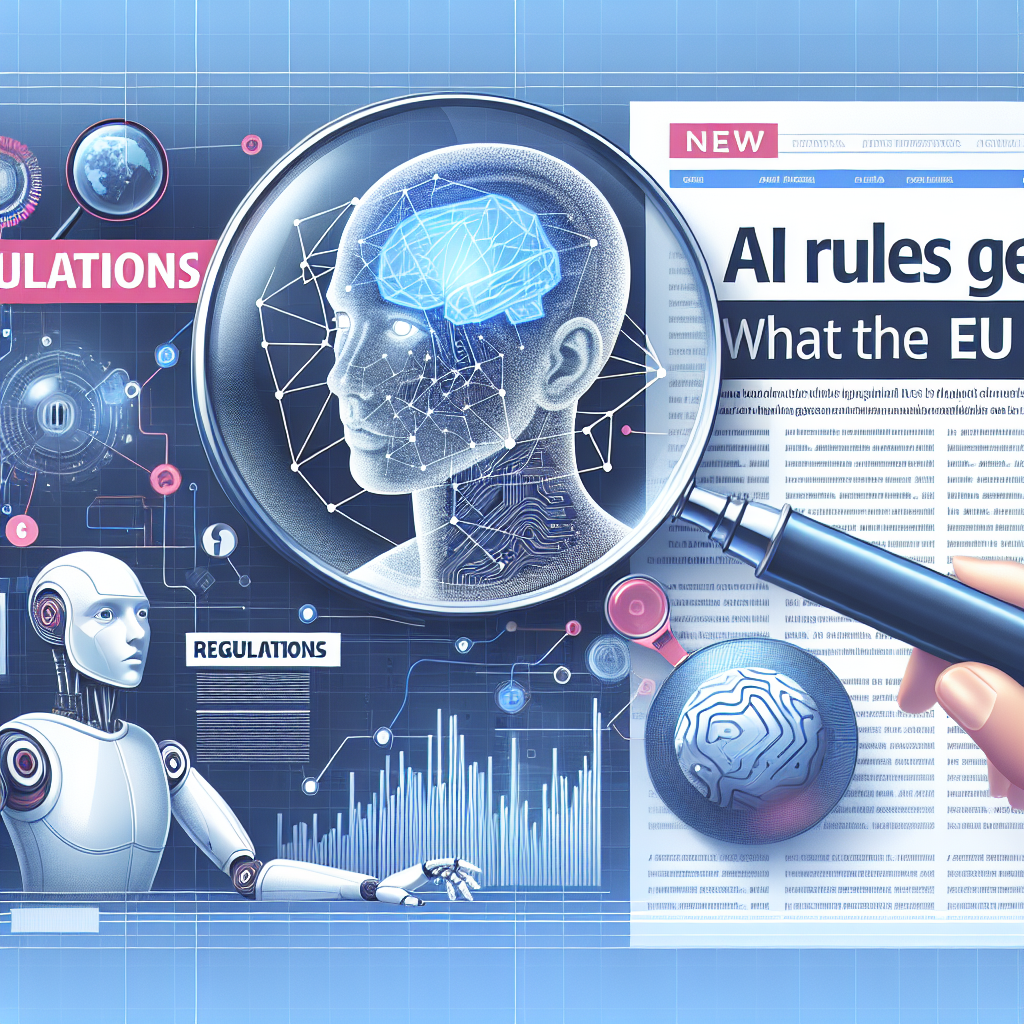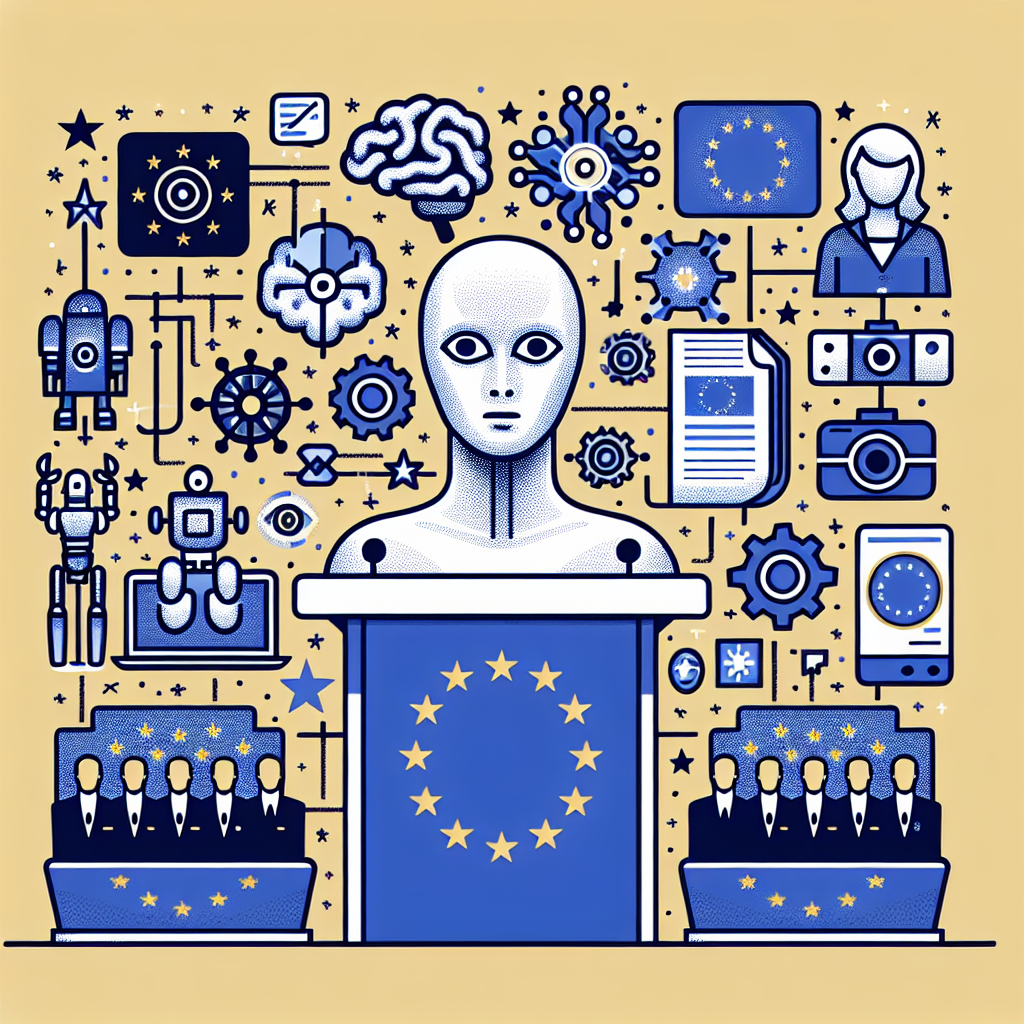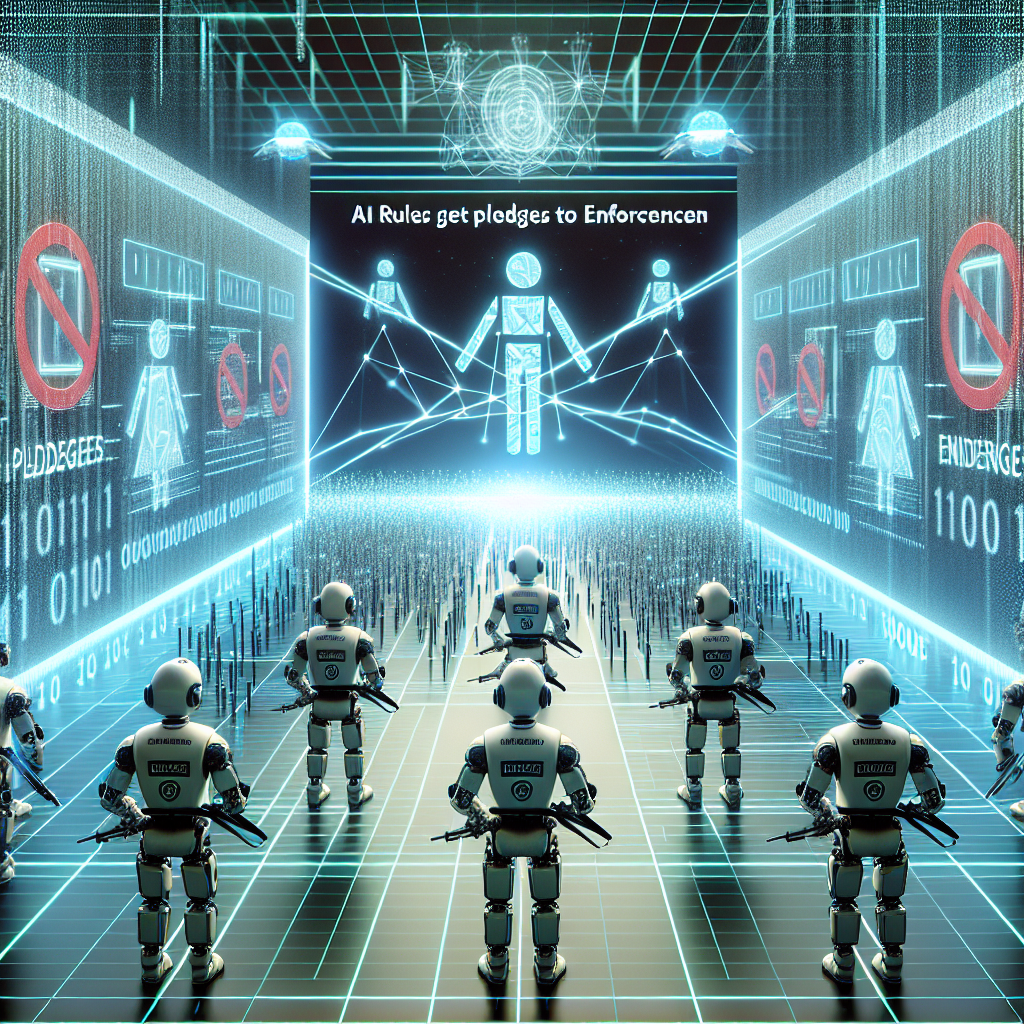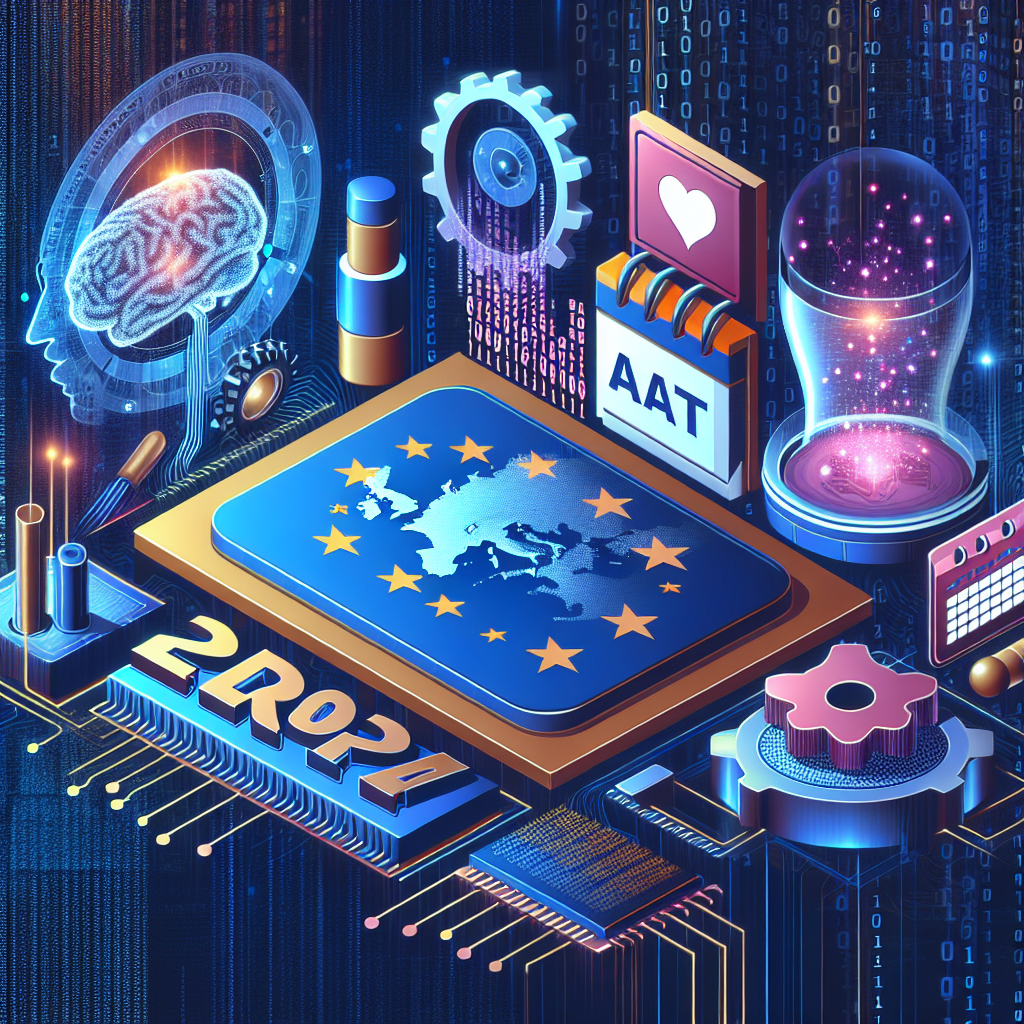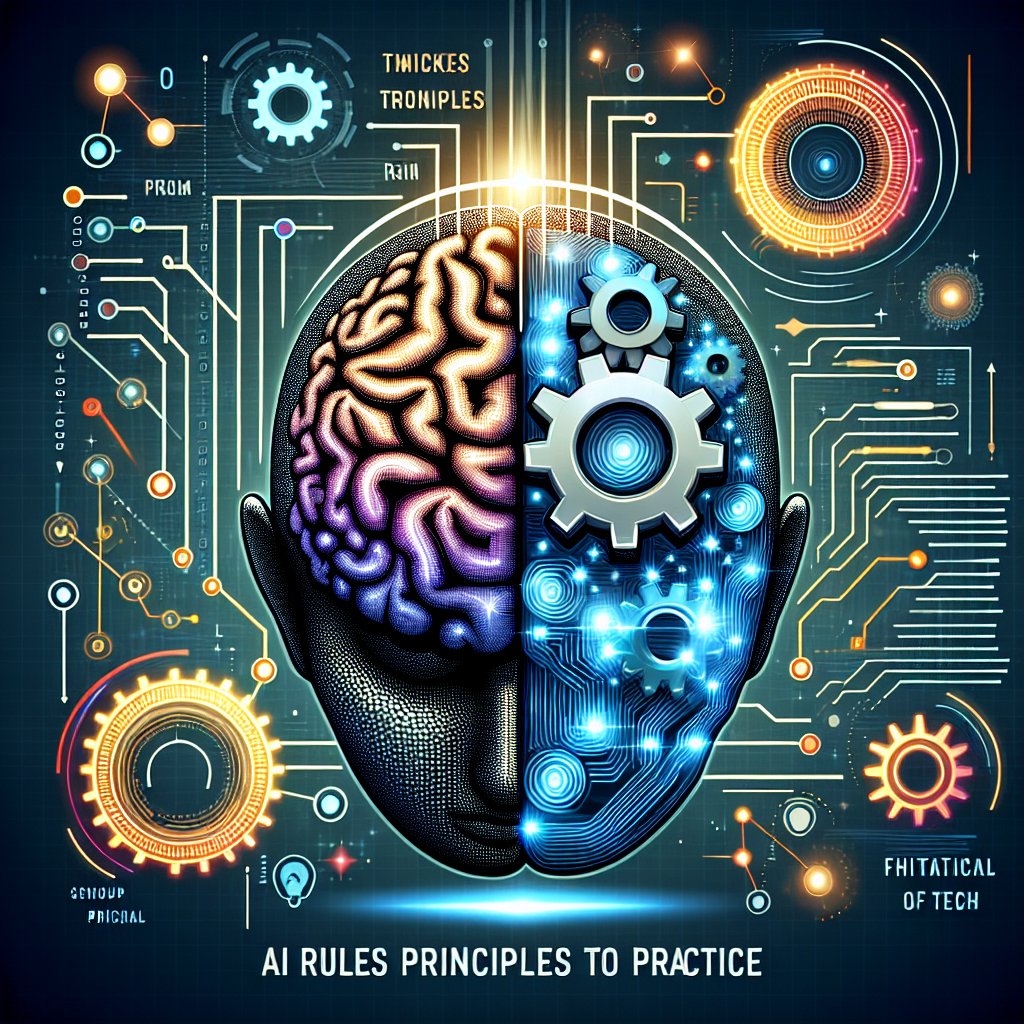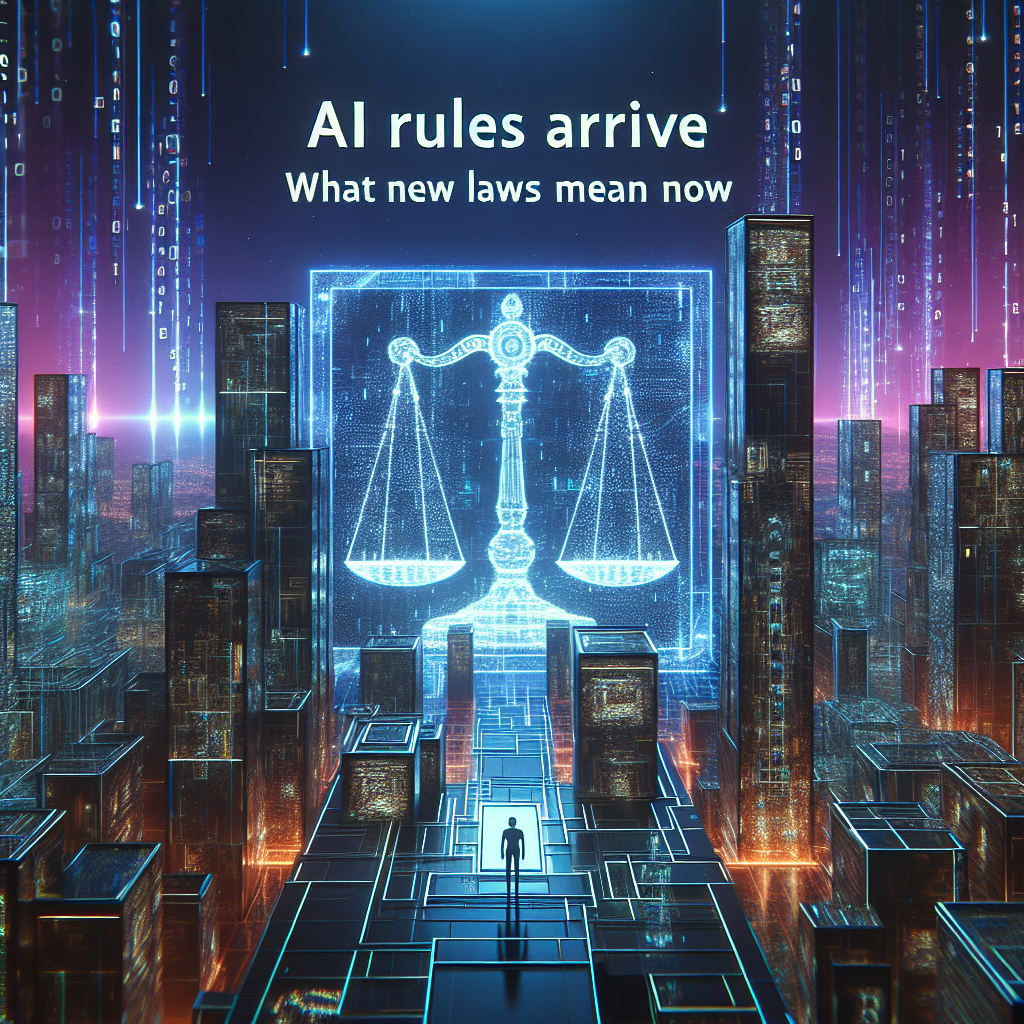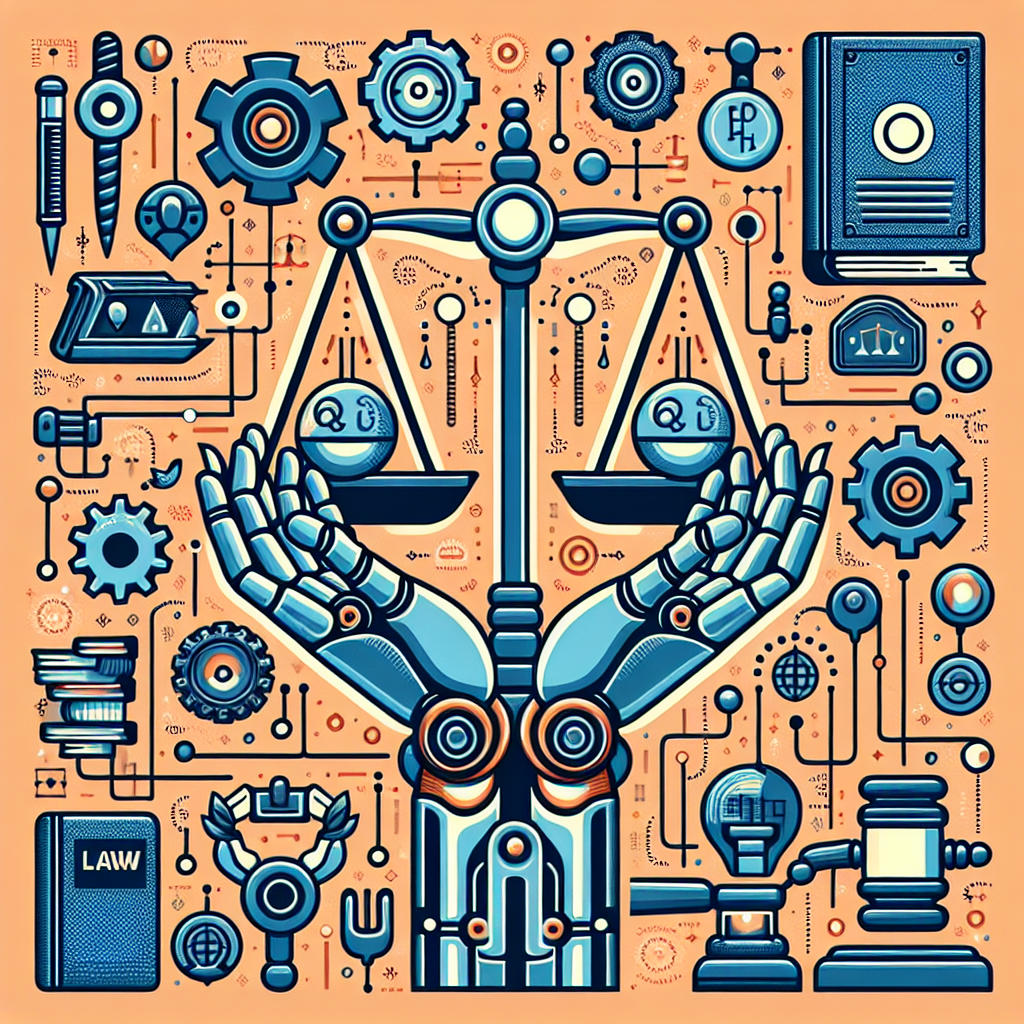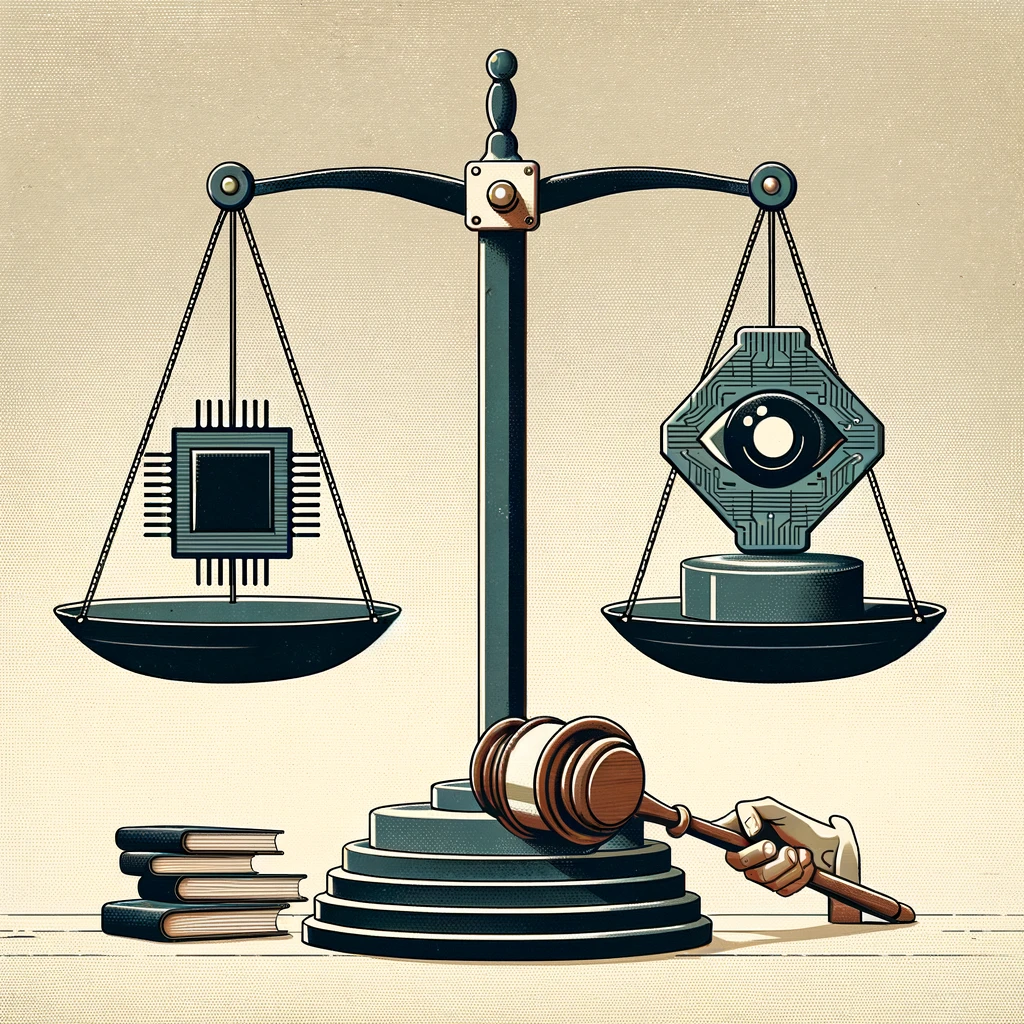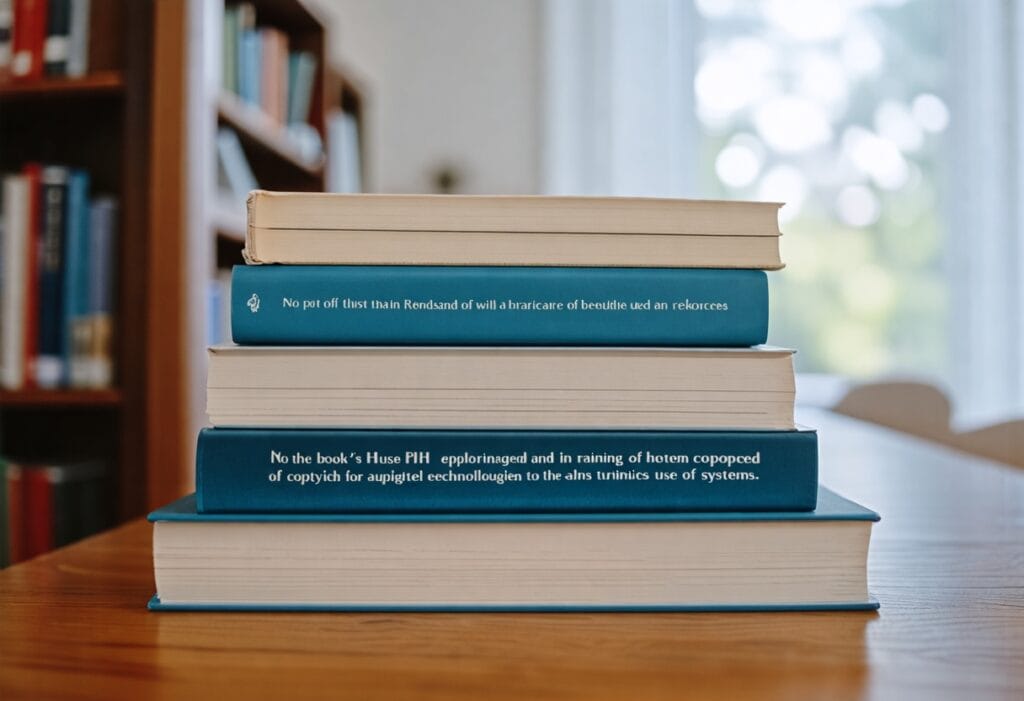AI Red-Teaming Goes Mainstream

AI Red-Teaming Goes Mainstream
As artificial intelligence systems roll into search, email, coding, and healthcare tools, a once niche practice is entering the spotlight: AI red-teaming. The security method, adapted from cybersecurity playbooks, uses adversarial testing to probe models for failures before the public finds them. It is now moving from research labs into product checkpoints and public policy.
What is red-teaming, and why now?
Red-teaming brings a skeptical mindset to AI. Specialists try to make systems misbehave, break guardrails, or reveal sensitive data. They test how models respond to prompts that encourage deception, bias, or dangerous actions. The goal is to surface weaknesses early, measure risk, and fix problems before release.
Companies are accelerating this work as generative AI spreads. The technology can write code, summarize medical notes, and generate images at scale. It can also make confident mistakes, leak training data, or be tricked into bypassing safety filters. The stakes are higher as AI systems plug into email inboxes, internal documents, and real-time tools.
Who is doing the testing
Big tech firms, startups, and governments are building testing programs.
- Technology companies have created in-house red teams and hire external specialists. Firms run structured exercises that simulate phishing, prompt injection, or jailbreak attempts.
- Independent researchers and bug bounty communities stress-test public models. Some companies pay rewards when testers find critical failures.
- Governments are setting up national bodies focused on evaluation. The United Kingdom launched an AI Safety Institute in 2023. The United States set up an AI Safety Institute at the National Institute of Standards and Technology (NIST) the same year to coordinate testing methods and benchmarks.
The industry is also aligning on broader risk frameworks. NIST’s AI Risk Management Framework urges organizations to map, measure, manage, and govern AI risks in a continuous process, not just at launch.
What the tests look for
Red teams use checklists and creative attacks. They look for failures across safety, security, and fairness.
- Prompt injection and jailbreaks: Attempts to override model instructions and extract restricted content.
- Data leakage: Cases where a model reveals training data or private user information.
- Harmful content: Generation of hate speech, medical misinformation, or instructions that could facilitate crime.
- Bias and fairness: Unequal performance across languages, dialects, or demographic groups.
- Tool misuse: When models connect to external tools, testers try to trigger unintended actions, like sending emails or moving files without clear user consent.
As models get connected to corporate data and physical systems, testers also assess real-world impact. That includes operational hazards, legal exposure, and cascading failures if an AI system is integrated into a larger workflow.
Expert voices and public concern
The push for testing is driven in part by public warnings. In 2023 congressional testimony, OpenAI CEO Sam Altman said, “If this technology goes wrong, it can go quite wrong.” He called for rules that include safety evaluations and licensing for powerful models.
Tech leaders also stress the upside. Google CEO Sundar Pichai said in a televised interview that “AI is one of the most important things humanity is working on. It is more profound than electricity or fire.” His comments reflect a view that careful deployment can deliver large gains in productivity, science, and healthcare.
Security experts frame the work as continuous. “Security is a process, not a product,” cryptographer Bruce Schneier has written, arguing that testing must be ongoing as systems and threats evolve.
What’s new in the playbook
Red-teaming for AI borrows from software security but adds new elements. Models are probabilistic. They can behave differently even with the same prompt. That requires broader sampling and scenario planning.
- Adversarial prompts at scale: Teams generate thousands of structured prompts to hunt for rare failures and measure frequency.
- Context-aware tests: Evaluations simulate the real environment: the languages users speak, the tools models connect to, and the documents they will see.
- Human-in-the-loop review: Domain experts, such as clinicians or lawyers, review outputs for subtle errors that automated filters miss.
- Content provenance: Some publishers and platforms are adopting provenance standards, such as cryptographic content credentials, to flag AI-generated media and reduce deception risk.
Why this matters to the public
AI features are entering daily life. Email drafting, meeting summaries, and coding assistants are now common in workplace software. Hospitals are piloting ambient scribe tools that generate clinical notes from doctor-patient conversations. These tools can save time. They also raise questions about accuracy, privacy, and bias.
Robust testing aims to protect users by setting floors on quality and guardrails on use. It also gives regulators and buyers confidence. Clear evidence of testing can help organizations meet legal duties to protect data and avoid discrimination.
The limits and the open questions
Red-teaming is not a cure-all. It can reduce risk, but it cannot eliminate it. Several challenges remain:
- Coverage gaps: No test suite can capture every real-world situation or future attack.
- Model updates: Frequent updates can break previous safety tuning or invalidate test results.
- Supply chain risk: Systems often combine models, data sources, and third-party tools, spreading responsibility across many actors.
- Transparency vs. security: Publishing detailed test results can help researchers, but it can also give attackers a roadmap.
- Metrics that matter: The field is still converging on shared definitions for “safe enough,” especially for high-risk uses.
Regulatory momentum
Policy is catching up. Governments in Europe, North America, and Asia are drafting or enacting rules that encourage or require safety testing, documentation, and incident reporting. Public-sector bodies are funding shared benchmarks and testbeds. Procurement rules are starting to ask for evidence of risk assessment, bias testing, and post-deployment monitoring.
Industry groups are also pushing voluntary standards. Companies are aligning on disclosure practices for model capabilities and limits. Some are publishing model cards and system cards that describe training data sources, known risks, and safe-use guidance.
What to watch next
- Independent evaluations: Expect more third-party labs and academic centers to publish comparative tests of model safety and robustness.
- Sector-specific rules: Health, finance, and education regulators are likely to set tailored testing requirements for high-stakes uses.
- Incident reporting: Standard ways to share AI incidents could help the field learn faster and fix systemic issues.
- Hardware and scaling checks: As models grow, compute reporting and thresholds for extra scrutiny may become common.
Bottom line
AI red-teaming is moving from an experiment to a baseline. It will not stop every failure. But ongoing testing, transparent reporting, and strong governance can raise the bar for safety and trust. The next phase is less about dazzling demos and more about disciplined engineering. That is where the technology will prove whether it is ready for the real world.



























